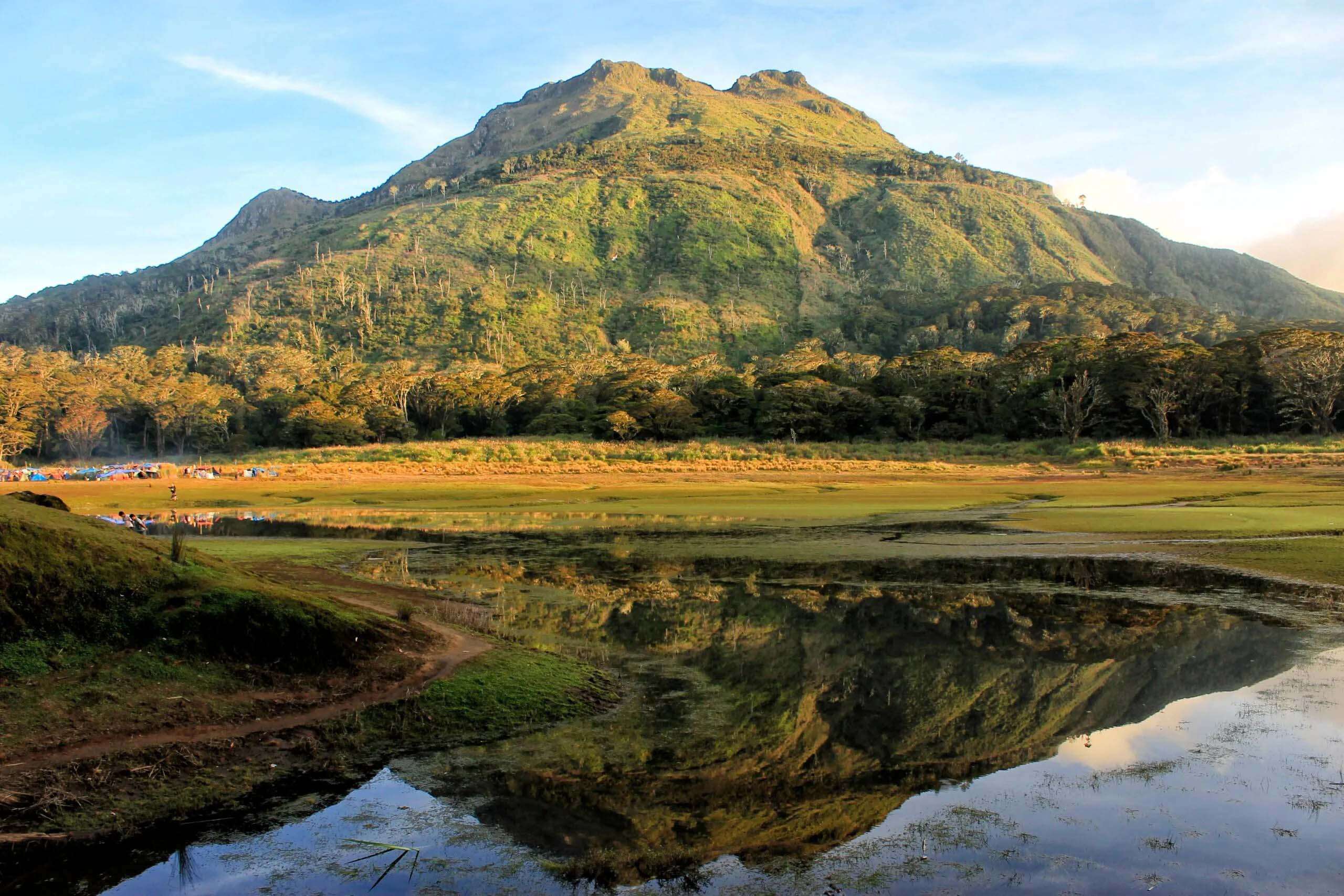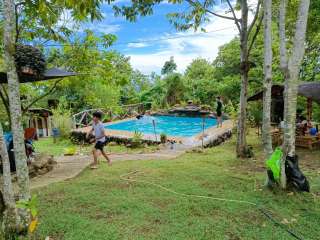

Davao del Sur, officially the Province of Davao del Sur, is a province in the Philippines located in the Davao Region in Mindanao. Its capital is Digos. Davao City is the largest city in terms of area and population within the province's jurisdiction, yet it is administratively independent from the province; as such, Davao City is only grouped for geographical and statistical purposes.
The province is bounded by Davao del Norte to the north, Davao Occidental to the south-east, North Cotabato and Sultan Kudarat to the west, South Cotabato and Sarangani to the south-west, and Davao Gulf to the east.
The Province of Davao del Sur has its humble beginnings, even before it functioned as a province on July 1, 1967.
Local historians claim that the word “DAVAO” came from the phonetic blending of the words of the Bagobo subgroups when referring to Davao River, an essential waterway which empties itself into Davao Gulf near the city. The aboriginal Obos who dwell in the hinterlands of the region called the river, Davoh, the Clatta or Guiangans called it Duhwow, or Davau, and the Tagabawa Bagobo, Dabu. To the Obos, the word davoh means a place “beyond the high grounds”, including the settlements located at the mouth of Davao River which were surrounded by high rolling hills. When asked where they were going, the usual reply is davoh, while pointing towards the direction of the town. Duhwow also refers to a trading settlement where they barter forest goods in exchange for salt and other commodities. Later the three names given to the river by these early natives became “Dabaw” (Davao). [*] Davao an introduction to its History, Ernesto I Corcino, (Rogelio Lizada, Historian)
The Province is blessed to have an abundant agricultural plains and valleys, rainforest, rolling hills and mountains, including the Philippines’ highest peak Mount Apo, which is at least 2,954 meters (9,692 ft) above sea level, beautiful white sandy, mangrove protected beaches, and limitless fishing area. Davao del Sur is now comprises of nine (9) municipalities and one (1) component city.
Beginnings of both Davao Region and Davao del Sur were associated with the foundation of Davao, which was the first town to be founded in southern Mindanao in 1848, following the conquest of the area by José Uyanguren of the Basque province of Gipuzkoa, Spain (Guipúzcoa in Spanish). In 1849, Nueva Guipúzcoa province was founded in the region conquered by Uyanguren in what is now Davao Region, with Davao, then called Nueva Vergara, as the provincial capital. Uyanguren became the provincial governor, but he failed in his efforts to develop Nueva Guipúzcoa.
Thirty-six years after the foundation of Davao, the town of Santa Cruz was founded on October 5, 1884. It is the first town to be founded south of Davao and is now the oldest in the province.
The Spanish administration in the Philippines ended in 1898 following the defeat of the Spaniards during the Spanish–American War. In the early 1900s, waves of immigrants from the Visayas, Luzon, and as well as from Japan began to live in the region, centered mainly in Davao. The region began to boom in economic growth as agricultural business proliferated in the region.
As part of the "food bowl" of what is now the province of Davao del Sur, otherwise known as the Padada Valley, the agricultural area south of the town of Santa Cruz, which is known as Digos that time, lured many migrants, majority of whom came from the Visayas and Ilocos regions to settle permanently in the area. Before World War II, an enterprising American by the name of N.E. Crumb leased 10.24 square kilometres (3.95 sq mi) and transformed the place into an abaca plantation. This became the hub of economic activity in the locality during those days.
In 1942, during the start of the World War II in the Pacific, the first waves of invading Japanese units landed and entered the province of southern Davao.[further explanation needed]
In 1945, the liberation of southern Davao by United States and Philippine Commonwealth troops was supported by Davaoeño guerrilla fighters.
In 1965, Rep. Lorenzo S. Sarmiento Sr., revived the Veloso Bill, (Rep. Ismael C. Veloso of the lone congressional district of Davao) in the House seeking the division of the Davao Region, into three provinces, with the support given by Sen. Alejandro Almendras, legislative measures was passed by both the House and the Senate. Despite the very hectic schedule of the House of the Representatives, the congress was able to passed a Bill for legislation resulted to the birth of three provinces from the mother Province of Davao, President Ferdinand E. Marcos signed it and made into a law, the Republic Act No. 4867 in May 8, 1967, as a result, Davao Oriental, Davao del Norte and Davao del Sur were created, and these three Provinces started functioning as a province on July 1, 1967.
On November 10, 2010 two Davao del Sur Congressmen, Rep. Marc Douglas C. Cagas IV, as the principal author, and Rep. Franklin P. Bautista, as the co- author, filed as House Bill 3644 (later expanded and filed a House Bill 4451) which sought to create the Province of Davao Occidental from Davao del Sur. The Bill was filed by Congress on May 16, 2011, transmitted to the Senate on May 24, 2011, enacted on July 23, 2013 signed by President Benigno S. Aquino III, Republic Act No. 10360, On January 14, 2013Davao Occidental was created which covers five (5) municipalities (Malita, Sta. Maria, Don Marcelino, Jose Abad Santos and Sarangani Island), officially took off as a province after May 2016 election, resulted the division the Province of Davao del Sur, that eventually retained (9) municipalities and one (1) component city (City of Digos, Sta. Cruz, Bansalan, Matanao, Magsaysay, Hagonoy, Kiblawan, Padada, Sulop and Malalag) Province of Davao del Sur now covers a total land area of 1,984.01 sq km occupying the south section of the Davao Region in Mindanao. The Province is bounded by Davao City to the north, Davao Occidental to the south-east, North Cotabato and Sultan Kudarat to the west, South Cotabato and Sarangani to the south-west, and Davao Gulf to the east. [*] Philippine Information Agency

We promote interaction. Let's have a pause from the digital world and enjoy each others company!! Camp with family and ...